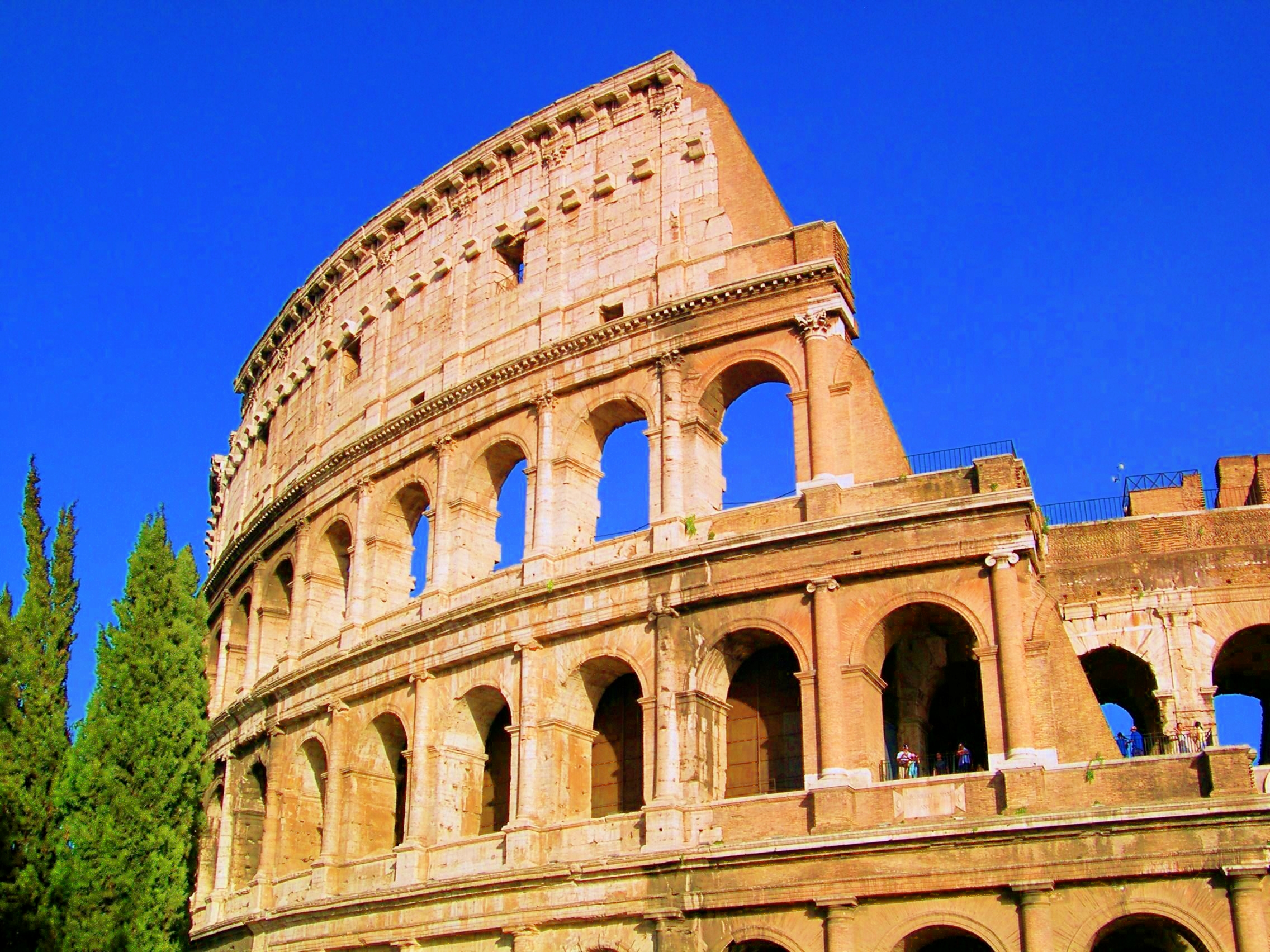Interpals wall: http://www.interpals.net/LearnTravelArt
Nathan, France, 18
“I'd say patisserie (French dessert) is my favorite food for sure!”
|
Charlotte, United Kingdom, 16
“I don’t really have a favorite food but if I did have to pick it would be fish and chips I guess.”
Mélaine, France, 16
“Hmmm... Ratatouille I think, it reminds me of summer!”
Adriana, Poland, 18
“Pierogi(dough dumplings stuffed with a filling such as potato or cheese, typically served with onions or sour cream). I kind of miss this food every time I'm travelling abroad:)”

Iida, Finland, 16
“Hmmm. Escalloped macaroni is the best in my opinion :)”

http://en.wikipedia.org/wiki/Gratin
Kirill, Russia, 16
“Honestly, I like to eat fast food you know McDonalds is my lovely kind of food.” |
“Les macarons==> it's just a pastry but i love it :)”
 |
| http://en.wikipedia.org/wiki/Macaron |
“Roast pork with parsley sauce is something everybody in Denmark likes :)”
“Hmm probably paella <3”
Picture of Paella (half-eaten!) from when I went to Barcelona!
Thanks for all the replies!







